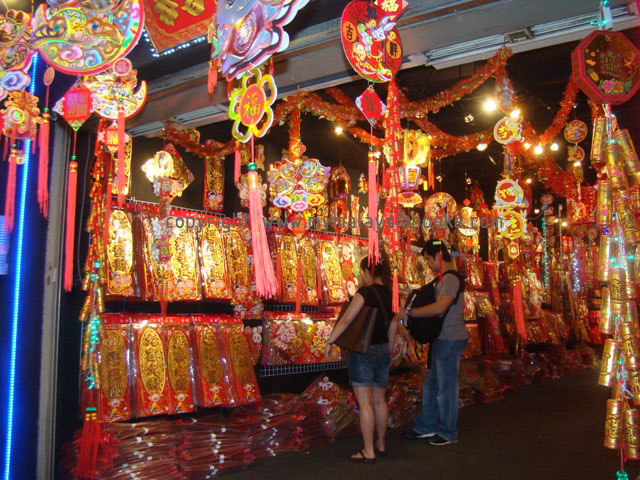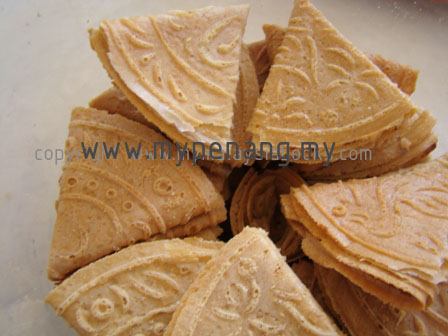
Chinese New Year (Jan/Feb) is Asia's most widely celebrated festival.
Its a celebration for Chinese not only in Malaysia and Singapore but all over the world. Chinese New Year is the first day of the year according to the Chinese lunar calendar (usually falls on the month of January or February).
Before the old year ends, it is a custom for Chinese to spring clean or even paint their houses. Actual celebrations starts on the day before the new year, where family members gather for a reunion dinner.
Many Chinese Malaysians will travel back to their hometown or family homes for this day. The reunion dinner is the a major celebration and gathering for the family - a once a year affair for many who have children working out of town. Many Taoists and Buddhist Chinese will go to the temple to pray for blessings for a good year.
Temples are also crowed in the morning of the New Year where many offer prayers to ancestors and gods and ask for blessing for a good year. On Chinese New Year day relatives and friends visit each other to offer their good wishes and it is customary to give mandarin oranges during a visit, as a token of good luck and prosperity. New year gifts of food (s.a. cookies, dates, oranges, liquor, groundnuts, etc.) are also exchange between relatives, friends and business associates. Married couples are obliged to give red packets filled with money (called Angpow in Malaysian Hokkien or Hong bao in Mandarin) to children of relatives or friends.
The New Year celebrations traditionally extend to 15 days, where the 15th day is the Chap Goh Meh festival. The most important festival during the 15 days of the new year, for the Hokkiens in Malaysia and Singapore, is the Festival of the Jade Emperor, celebrated on the 9th day of the new year.
2010 - Year of the Tiger
2011 - Year of the Rabbit
2012 - Year of the Dragon



